Electrifying our energy consumption has come with some remarkable benefits to our health and planet, but it comes with some unintended consequences. Experts are warning of greater, more frequent, and more prolonged power outages in the coming winters, with a whopping 64% increase in outages in the last decade in the US alone.
Whether you’re a homeowner or a business owner, you need to keep yourself and your employees safe with minimal disruptions. Fortunately, a generator can help. Here’s what you need to know about determining the right generator wattage for your needs!
Table of Contents
Understanding Wattage, Volts, and Amps
Most generators are sized by their wattage or volts. This determines the maximum output of your generator, meaning that a 10,000W generator has a maximum output of 10,000 watts.
You may hear these common measurements of electricity, but what do they actually mean? Well, the term “watts” refers to real power, whereas “volts” refers to apparent power. Essentially, volts measure the power flow, while watts measure the power being used.
Consequently, you could find a 120V generator that caps at 1000W or a 120V generator that caps at 10,000W. Even so, the number of volts and watts are directly intertwined, and the distinction between the two is easily measurable by looking at the amperes.
Amperes
The conversion between watts and volts is measured by the amps or amperes, which are entirely different. You may see generators that say 30 amps or 200 amps, which does not determine the power output but has a substantial effect on it.
However, many amps are in an energy system; you simply have to multiply the volts by that number to determine the watts or volt amperage. For example, a 100V appliance running at 3 amperes (amps) is 300W or 300 volt-amperes.
Therefore, if you know that you have a 200-amp circuit breaker at 240V, you know that the maximum output across your circuits is 48,000. That’s quite a large output for a home but quite common for larger buildings.
Understanding Watt-Hours
We’ll mostly use watts to describe generators as they are the most commonly used measurement. However, one watt is not a lot of energy, which is why you often see “kW” instead of “W”.
Moreover, you’ll often see other measurements using watts, volts, or amps, including kilowatts (kW), watt-hours (Wh), or kilowatt-hours (kWh). To start, one kilowatt is 1000W. While this may not measure your generator’s output directly, it will measure your energy consumption.
Watt-hours and kilowatt-hours describe either energy storage or consumption over time. One watt-hour is the amount of energy to run an appliance at one watt for one hour. This is a useful measurement for battery storage or energy bills.
In the context of a generator, this can help determine efficiency. You’ll want to know how many watt-hours of energy you can receive for every gallon of fuel used.
How Many Watts Do You Need?
Now that you know the difference between your output measurement units, you see why generators typically choose to use watts as their unit of measuring output. Here’s how to determine how many watts you need for your home or business.
Determine Your Energy Demand
Someone powering an RV will have different needs from someone backing up an entire house. Before choosing a generator, you need to make sure that it’s the right size. If it’s too big, you’re wasting fuel just to charge your cell phone.
Conversely, if it’s too small, then you can’t power what you need to power, and you may even damage the generator.
For this reason, get a rough estimate of your energy demand by calculating the appliances you intend to run. You don’t want to run your generator at capacity all the time, so give yourself a little room.
To get a fair estimate, think about the appliances you intend to run. Some will have their wattage written right on them, or you can look up the model with a quick Google search.
For example, refrigerators can run anywhere from 100W to 300W, whereas an electric cooking stove could use 1500W or more. Understand what appliances you’ll need to run on this generator and add them up for the best results.
If you need a generator for home backup, then this is easy. Simply look at your electric bill and see how many kWh you use in a day. Otherwise, you’ll need to take it step by step.
Choose a Generator Wattage
On average, this is around 29kWh per day. If that’s the case, you’ll know you need at least 1200W of power continuously for 24 hours (potentially double during peak) to continue your normal living habits during an outage.
Ideally, you want to give yourself room. If you own a large warehouse and you know that your peak is 11000W, aim for a 12000W generator and see what you can do to limit your energy consumption. It’s always better to be safe than sorry.
How to Get the Most Out of Your Generator Wattage
Once you’ve determined the right wattage for your generator, there are still some factors to consider to get your money’s worth. Here’s how to get the most out of your available wattage!
Choose the Right Generator
Once you know your ideal wattage, choose the right generator for your needs. This includes one that’s built to last for as long as you need it, can start automatically, meets your fuel efficiency needs, and more. Of course, the most important factor is that it exceeds your minimum wattage needs.
Again, always try to go over your needed wattage and do what you can to reduce it when you do need to use the generator. This will just give you more wiggle room, especially for a business with multiple employees. Then, you won’t have to worry about an employee running a large machine and shorting the generator.
Moreover, if you need a generator for your business, a home generator will not suffice. As a rule of thumb, if your building uses an industrial circuit breaker, you almost certainly need an industrial generator. A portable generator will not supply enough power for a large-scale, industrial building.
Choose the Right Appliances
One of the best things you can do to get the most out of your generator is to run energy-efficient appliances. The easiest switch to make by far is LED lightbulbs, which can run at 10% of the electricity of incandescent bulbs with the same brightness.
The best part is that they last longer and don’t pose the same risks as incandescent bulbs. On average, lighting accounts for 15% of energy usage, so this is an easy switch that can make a big difference.
On top of that, choosing energy-efficient kitchen appliances, heat pumps instead of electric resistance heaters, and other changes can make a world of difference in your generator’s performance and longevity. Essentially, you can power more for less!
Connect Directly to the Generator
Plugging your generator into your circuit breaker is the easiest way to run your appliances. However, it can eat up your wattage quickly if you have appliances or energy draws that you’ve forgotten about.
There are plenty of energy draws in every home that you may not even realize, including your water heater, clocks, thermostats, and so much more. While these won’t be substantial on their own, they can add up.
As a result, plugging your essentials directly into the generator is a great idea if you want to save wattage. This is especially important if you have life-saving medical equipment, important security fixtures, or any other essential appliance.
If you have multiple of these essential appliances, try to plug your generator directly into that particular circuit. A freezer full of meat could quickly spoil if you’re away from the house.
Of course, if you need to keep your business running, this may not be feasible. Still, you can plug your most essential appliances into a separate generator just in case or plug them into your industrial generator in case the circuit breakers shut off. This is just an extra layer of protection in case you need it!
Choose the Right Generator Today
Now that you understand the electrical output of a generator and how to determine your generator wattage, choose the right generator for your needs and take care of it. There are generators for everyone’s needs, regardless of scale. Just do your research and find the right one for you!
Stay up to date with our latest energy tips, and don’t hesitate to contact us with any questions or for help finding the right generator for your needs!

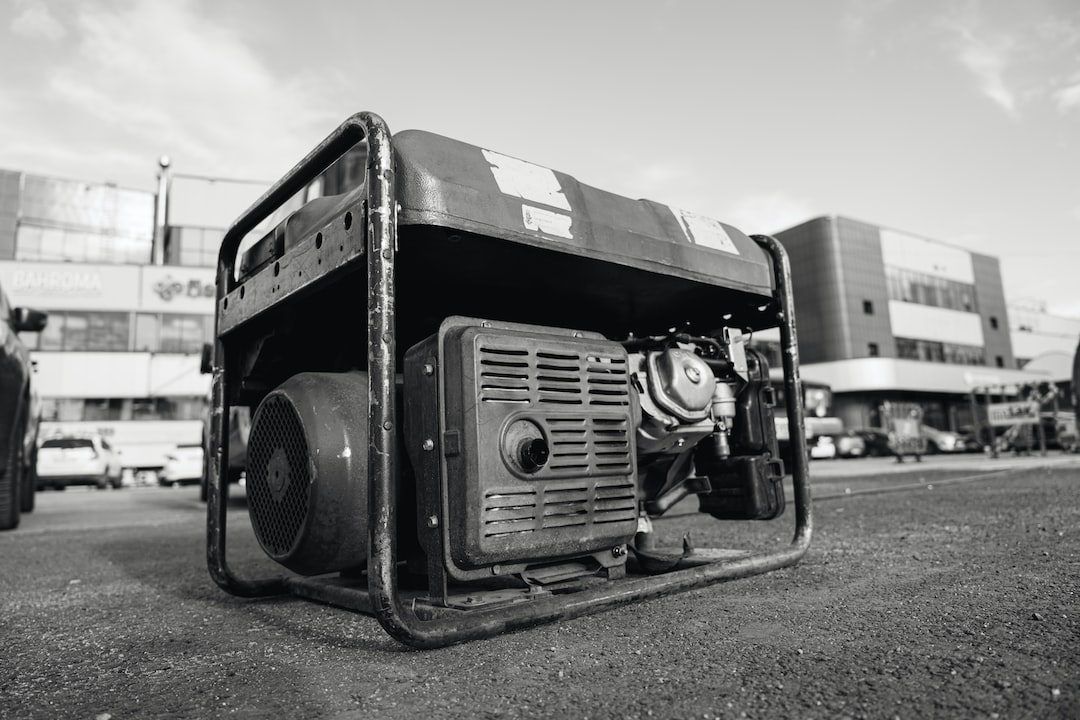

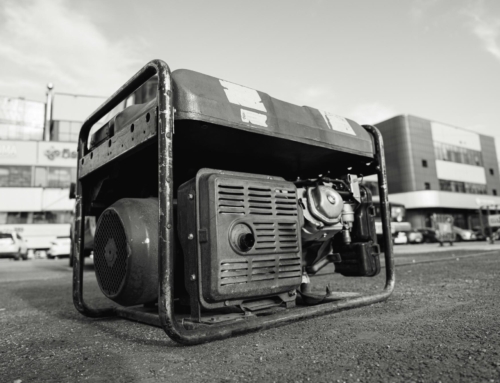
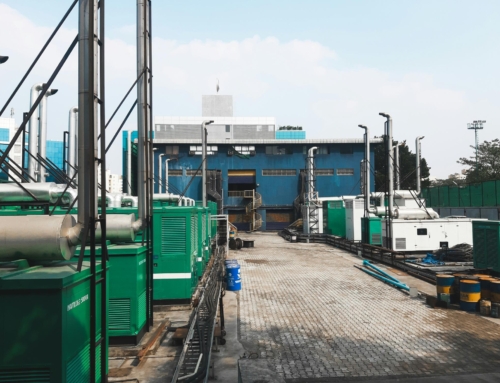

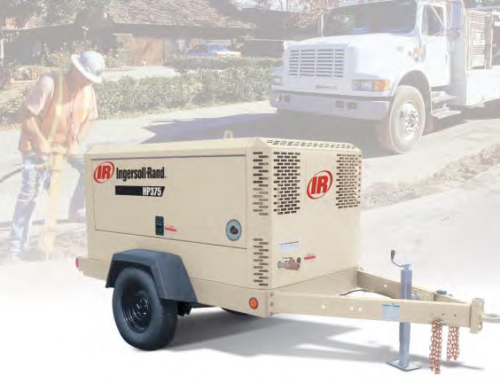
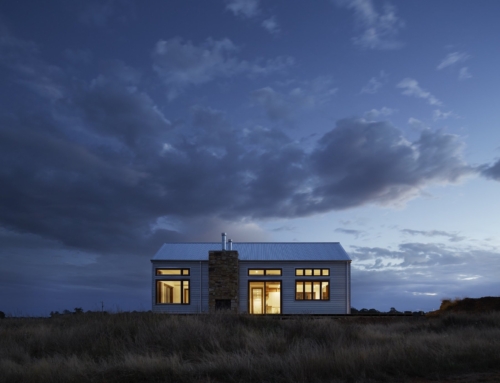
Leave A Comment